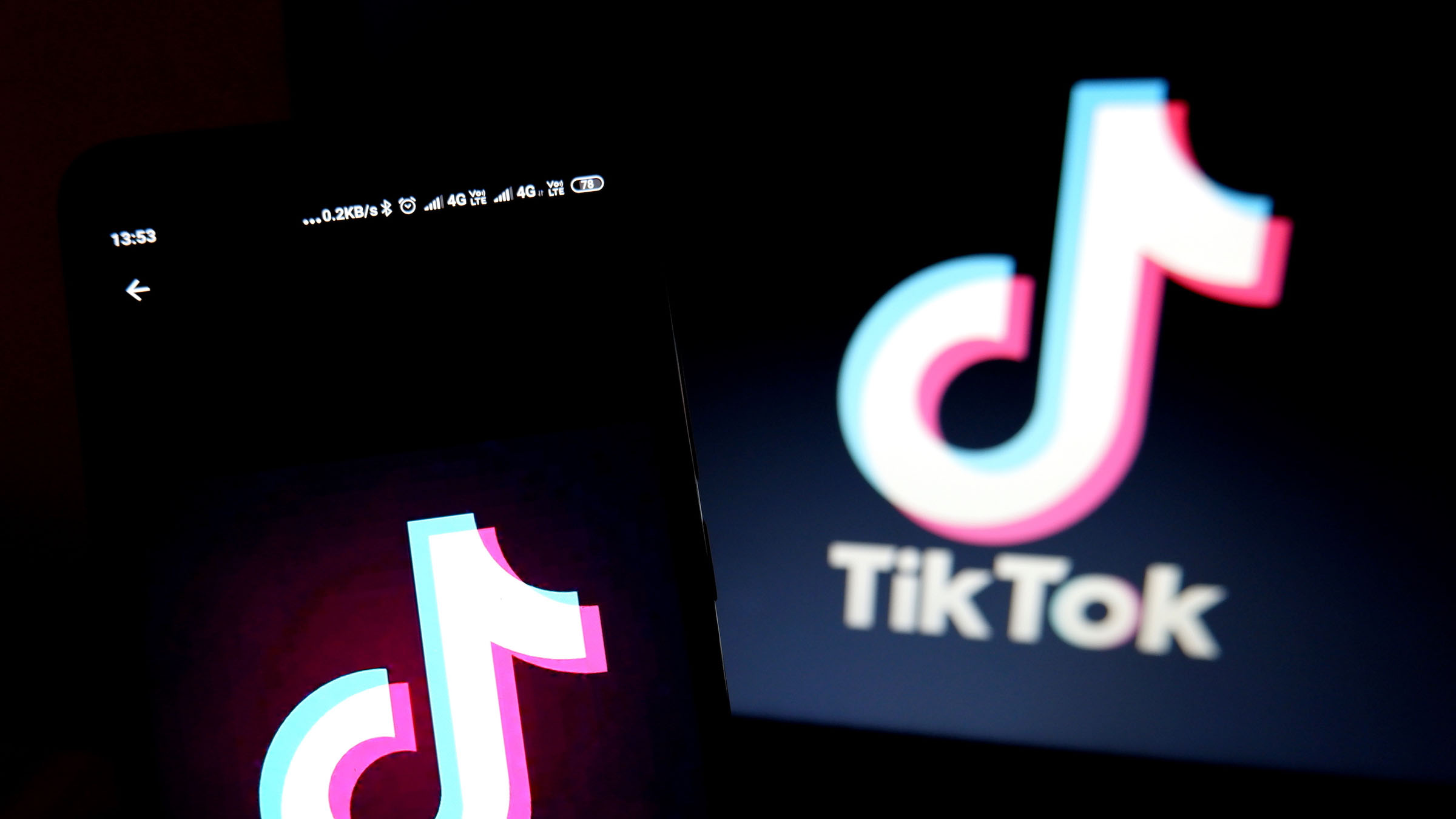- Deepfakes, a type of face-swapping technology, is showing up on the wildly popular 60-second video app TikTok.
- The short-form video app TikTok, popular among Generation Z, is owned by the Chinese internet company ByteDance.
- Users of the app are inserting their face, and faces of popular TV characters like Michael Scott from The Office, into videos that feature someone else.
- A deepfake is a video manipulated with artificial intelligence to show something that isn’t real.
- This technology has raised concerns over how it could be used to spread misinformation and damage reputations and earlier this year, Facebook announced it would now remove some deepfakes under its new policy.
Deepfakes, a type of face-swapping technology, is showing up on the wildly popular 60-second video app TikTok, which is owned by the Chinese internet company ByteDance.
TikTok has become one of the hottest social-media platforms among Generation Z, and some users are rising to fame from the massive reach the platform has, developing businesses and treating their accounts like a job.
Among TikTok’s homegrown influencers, is Charli D’Amelio – who is perhaps the most recognizable with more than 24 million people following her on the app – a number that continues to grow at a rapid pace. In July 2019, the 15-year-old from Connecticut posted a dance video to TikTok. That video went viral, launching her on a path to stardom. Since then, she has become one of the most popular teens online known for her choreography and dance videos.
Some users are taking Charli’s videos and using her content as a way to attract their own audience on the app. For instance, Jesse Richards (@deepfaker), who has 7,500 followers on TikTok, has reposted some of Charli’s videos on his own account. In some of the videos, he has replaced her face with the face of The Office character Michael Scott.
This type of media that includes face-swapping is commonly referred to as deepfakes, a term for video or imagery manipulated with artificial intelligence to show something fake. Deepfakes are created using AI that can make it look like someone said or did something they have never done.
This technology has raised concerns over how it could be used to spread misinformation and damage reputations.
Earlier this year, Facebook announced it would now remove deepfakes, but the new policy has some loopholes. A widely circulated doctored video of Nancy Pelosi and a deepfake video of Mark Zuckerberg will both still be allowed under the new policy.




Average Rating